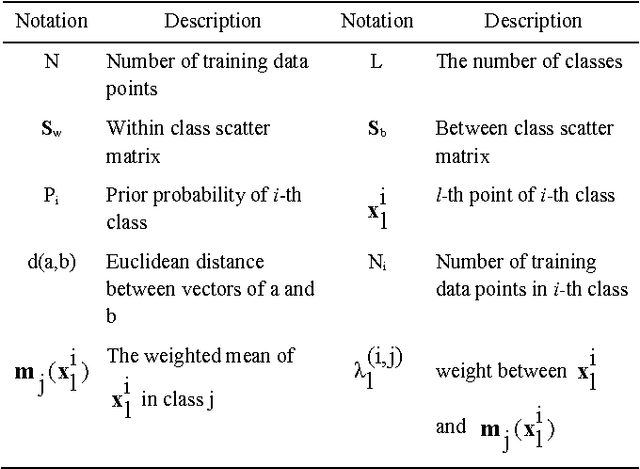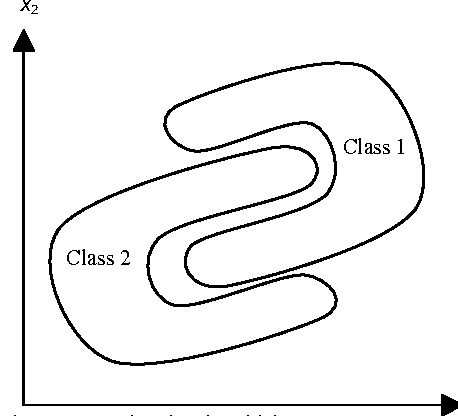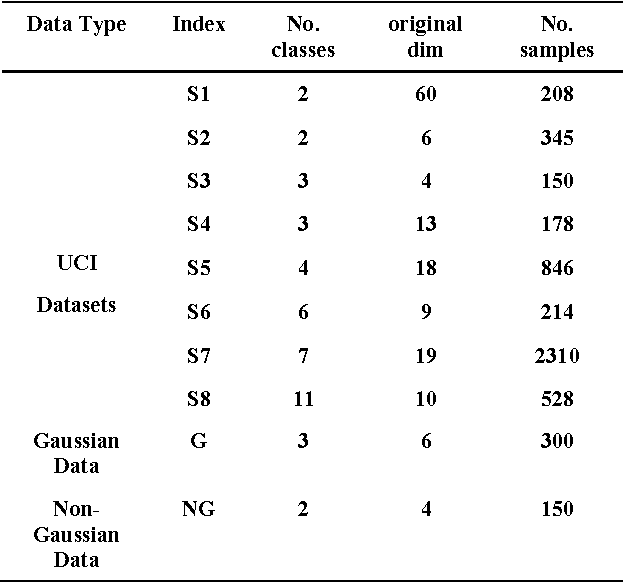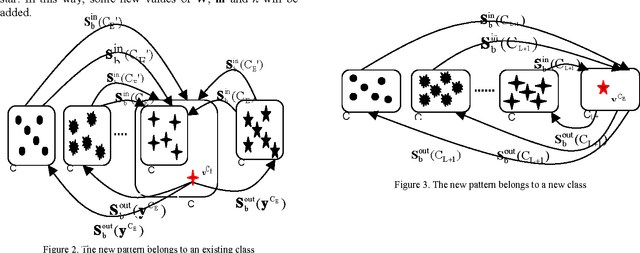Hamid Abrishami Moghaddam
Machine learning predicts long-term mortality after acute myocardial infarction using systolic time intervals and routinely collected clinical data
Mar 03, 2024



Abstract:Precise estimation of cardiac patients' current and future comorbidities is an important factor in prioritizing continuous physiological monitoring and new therapies. ML models have shown satisfactory performance in short-term mortality prediction of patients with heart disease, while their utility in long-term predictions is limited. This study aims to investigate the performance of tree-based ML models on long-term mortality prediction and the effect of two recently introduced biomarkers on long-term mortality. This study utilized publicly available data from CCHIA at the Ministry of Health and Welfare, Taiwan, China. Medical records were used to gather demographic and clinical data, including age, gender, BMI, percutaneous coronary intervention (PCI) status, and comorbidities such as hypertension, dyslipidemia, ST-segment elevation myocardial infarction (STEMI), and non-STEMI. Using medical and demographic records as well as two recently introduced biomarkers, brachial pre-ejection period (bPEP) and brachial ejection time (bET), collected from 139 patients with acute myocardial infarction, we investigated the performance of advanced ensemble tree-based ML algorithms (random forest, AdaBoost, and XGBoost) to predict all-cause mortality within 14 years. The developed ML models achieved significantly better performance compared to the baseline LR (C-Statistic, 0.80 for random forest, 0.79 for AdaBoost, and 0.78 for XGBoost, vs 0.77 for LR) (P-RF<0.001, PAdaBoost<0.001, PXGBoost<0.05). Adding bPEP and bET to our feature set significantly improved the algorithms' performance, leading to an absolute increase in C-Statistic of up to 0.03 (C-Statistic, 0.83 for random forest, 0.82 for AdaBoost, and 0.80 for XGBoost, vs 0.74 for LR) (P-RF<0.001, PAdaBoost<0.001, PXGBoost<0.05). This advancement may enable better treatment prioritization for high-risk individuals.
Incremental Nonparametric Weighted Feature Extraction for OnlineSubspace Pattern Classification
Oct 26, 2016



Abstract:In this paper, a new online method based on nonparametric weighted feature extraction (NWFE) is proposed. NWFE was introduced to enjoy optimum characteristics of linear discriminant analysis (LDA) and nonparametric discriminant analysis (NDA) while rectifying their drawbacks. It emphasizes the points near decision boundary by putting greater weights on them and deemphasizes other points. Incremental nonparametric weighted feature extraction (INWFE) is the online version of NWFE. INWFE has advantages of NWFE method such as extracting more than L-1 features in contrast to LDA. It is independent of the class distribution and performs well in complex distributed data. The effects of outliers are reduced due to the nature of its nonparametric scatter matrix. Furthermore, it is possible to add new samples asynchronously, i.e. whenever a new sample becomes available at any given time, it can be added to the algorithm. This is useful for many real world applications since all data cannot be available in advance. This method is implemented on Gaussian and non-Gaussian multidimensional data, a number of UCI datasets and Indian Pine dataset. Results are compared with NWFE in terms of classification accuracy and execution time. For nearest neighbour classifier it shows that this technique converges to NWFE at the end of learning process. In addition, the computational complexity is reduced in comparison with NWFE in terms of execution time.
 Add to Chrome
Add to Chrome Add to Firefox
Add to Firefox Add to Edge
Add to Edge